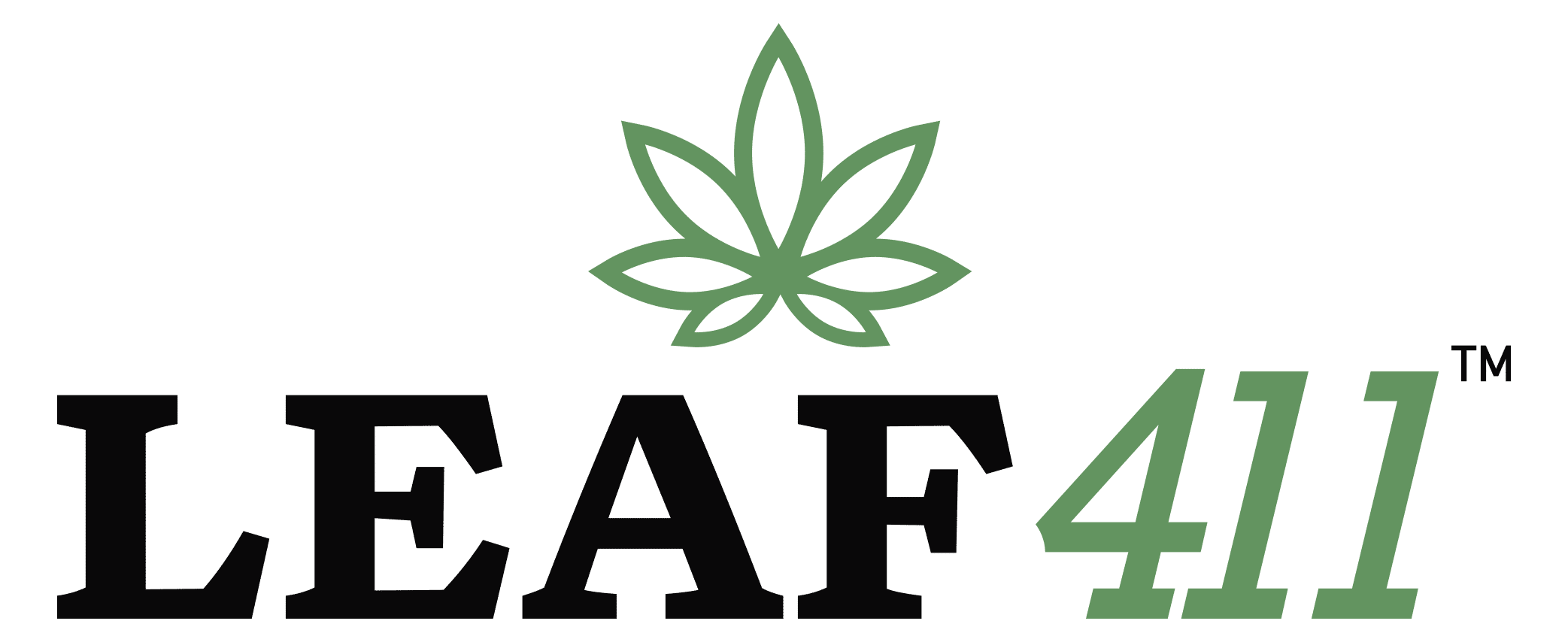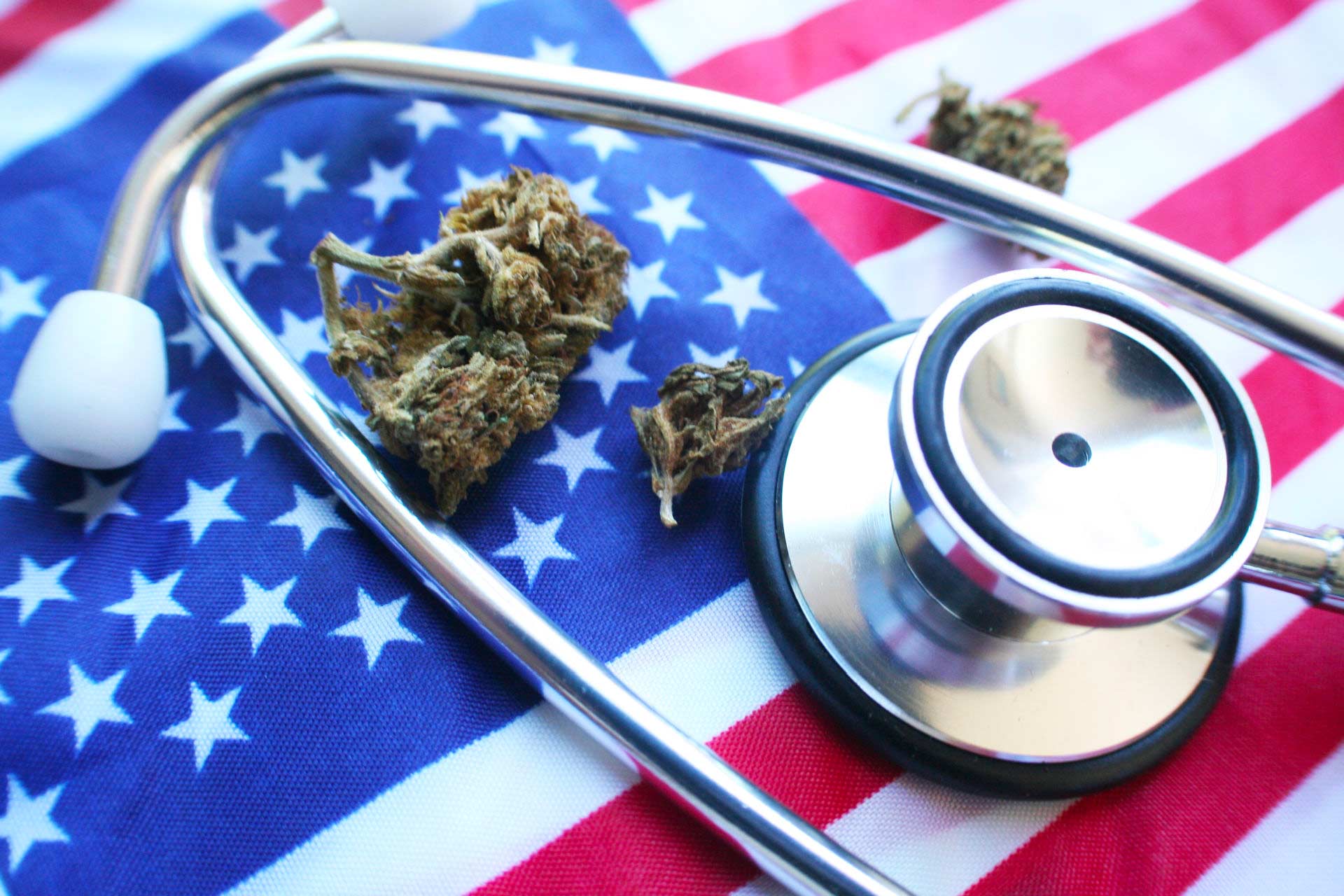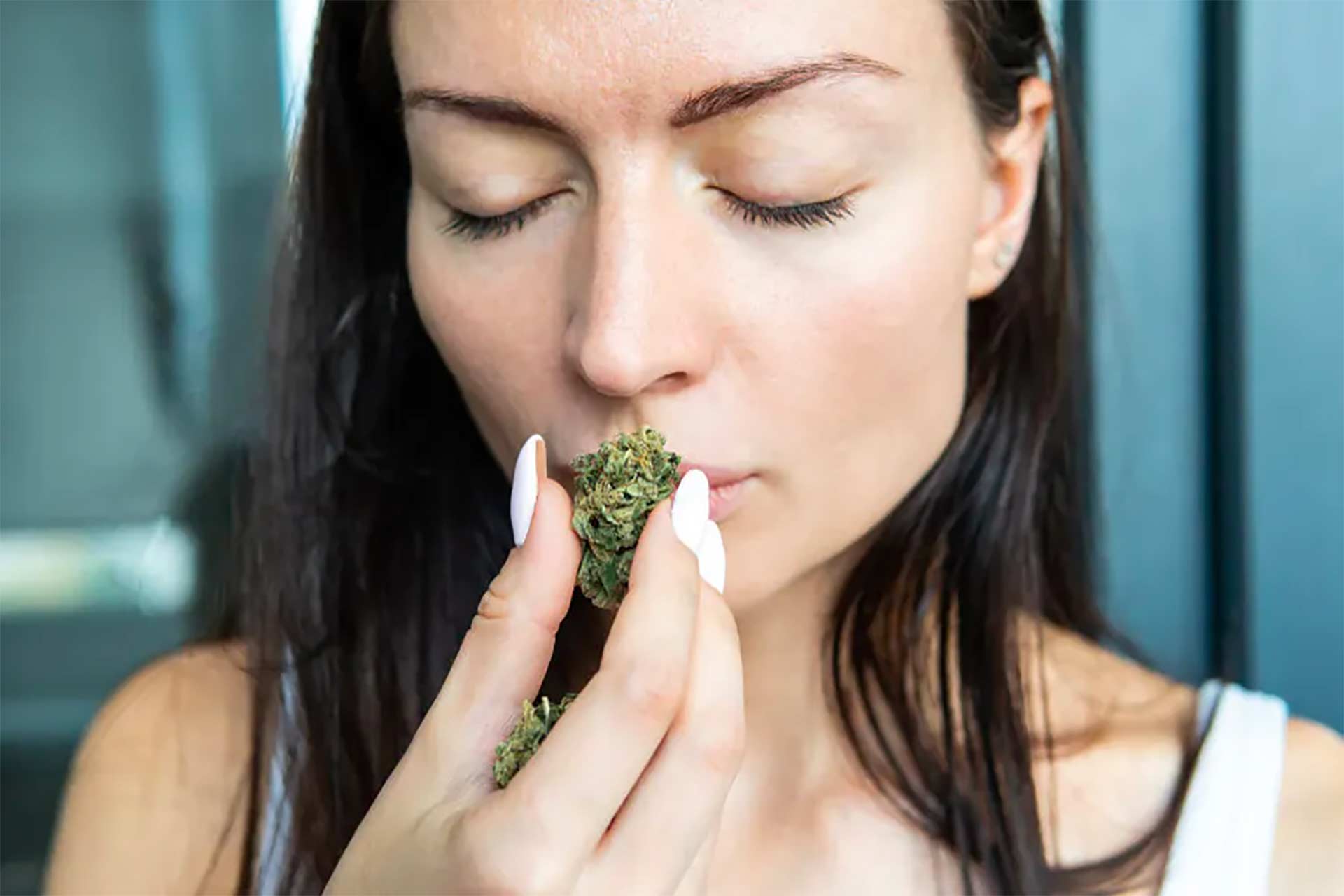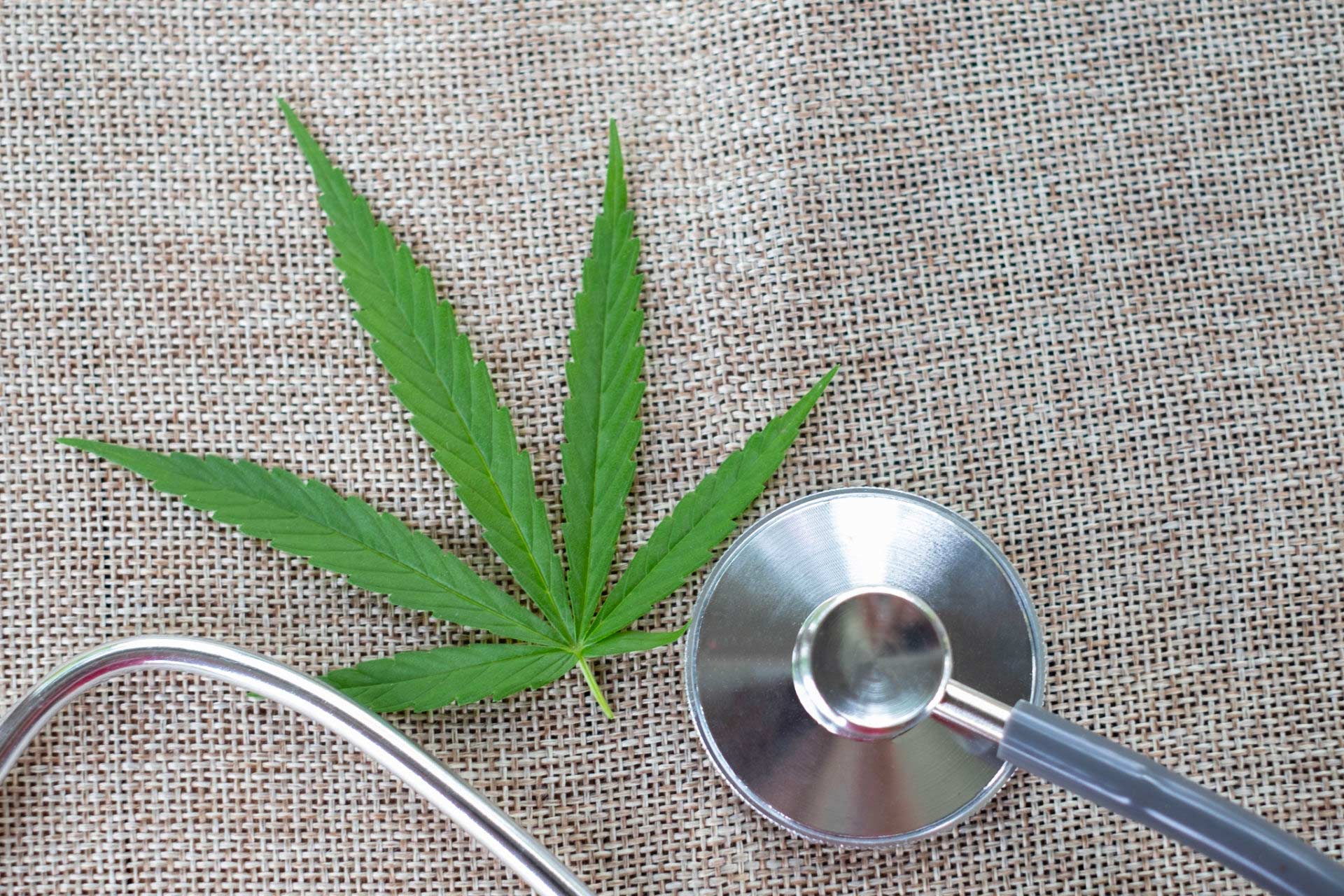Building an Inside-Outside Daily Cannabis Routine
Medically reviewed by Katherine Golden, RN
Written by Denise Rustning
When our supporting member Escape Artists let us know they were launching new cannabis tinctures, we were curious to learn what inspired the expansion of their product line.
Escape Artists is well known for its fast-acting topical Relief Cream and Recovery Cream, both of which are beloved by many Coloradans. The brand also offers Speed Strips, fast-acting dissolvable strips that deliver THC through the mouth’s mucosal tissue directly into the bloodstream, with effects lasting a couple of hours. These innovations build on the team’s prior experience working in food science and the pharmaceutical industry.
While these fast-acting products are a good fit for an on-the-go lifestyle, Escape Artists began getting requests from consumers and retailers for a longer-acting tincture that could be integrated into wellness routines, creating an inside-outside daily cannabis routine.
In response, Escape Artists is rolling out three new tinctures:
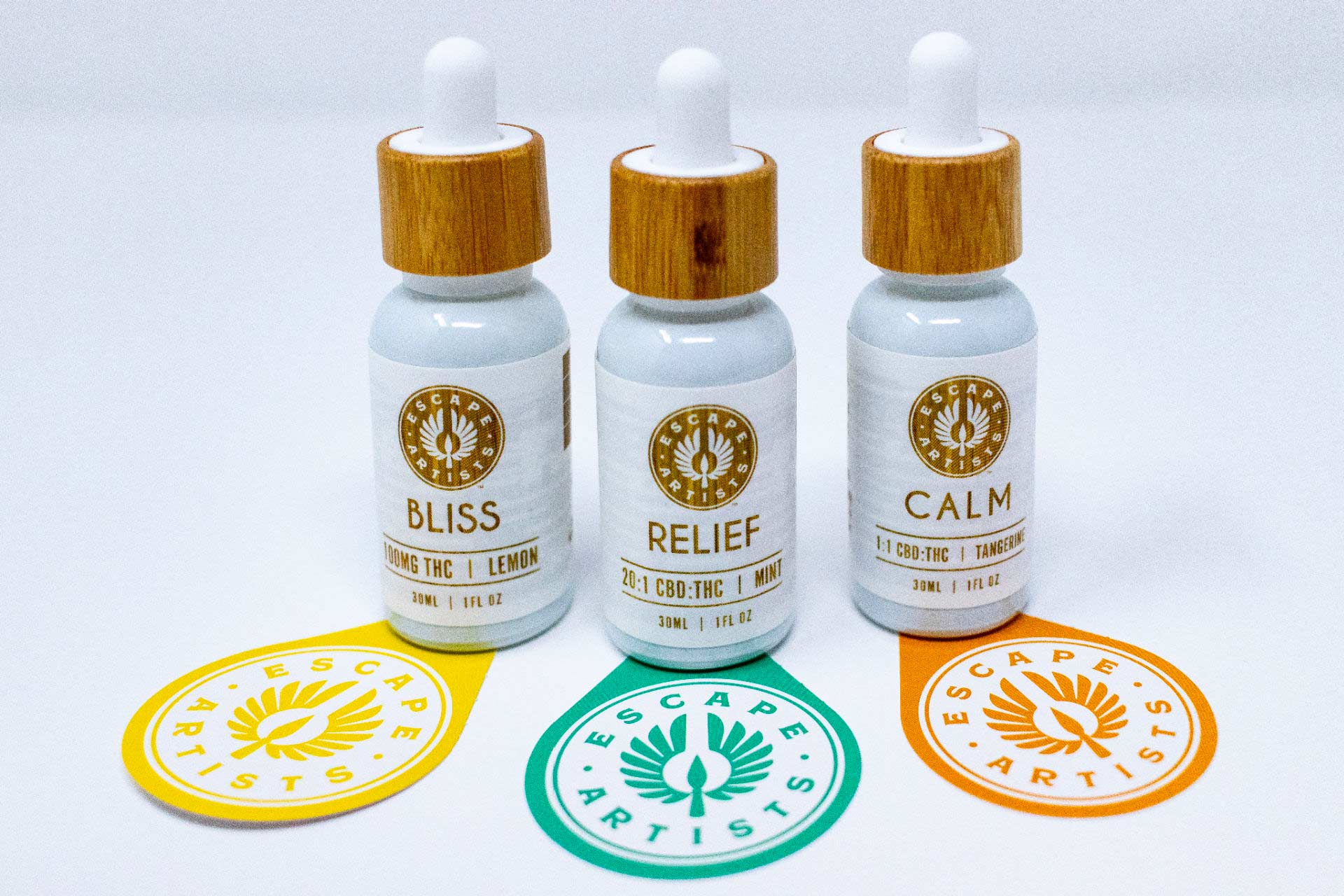
- Lemon Bliss tincture containing 2.5mg THC per 0.75ml serving/dose (100 mg THC per bottle)
- Tangerine Calm 1:1 ratio tincture with 2.5mg each CBD and THC per 0.75ml serving/dose (100mg CBD and 100mg THC per bottle)
- CBD-dominant 20:1 Peppermint Relief tincture with 50mg CBD & 2.5mg THC per 0.75ml serving/dose (2,000mg CBD and 100mg THC per bottle).
The tinctures are all-natural, containing only: MCT oil, THC distillate and natural flavorings, as well as CBD isolate in the two ratio products. You can learn more about each of the tinctures at this link.
The marked droppers can help you start low and go slow with your dose.
A typical, safe starting dose for anyone new to THC would be about 1mg – 2mg. Starting this low may not provide the relief you are looking for, but that’s okay. A very low dose allows you to test your THC tolerance and feel comfortable with consuming for the first time.
Our nurses on the Leaf411 hotline can help you figure out a first-time low dose and then guide you with how to safely increase your milligrams until you experience the relief your body needs. Call the FREE hotline at 844-LEAF411 (844-532-3411) with any questions you have about dosing cannabis.
“Our end goal is meeting patients’ and consumers’ needs, making sure our products truly help,” says Tucker Council, Escape Artists Marketing Lead. “Our all-natural tinctures provide additional options for consumers to integrate an inside-outside approach to their daily cannabis wellness routine.”
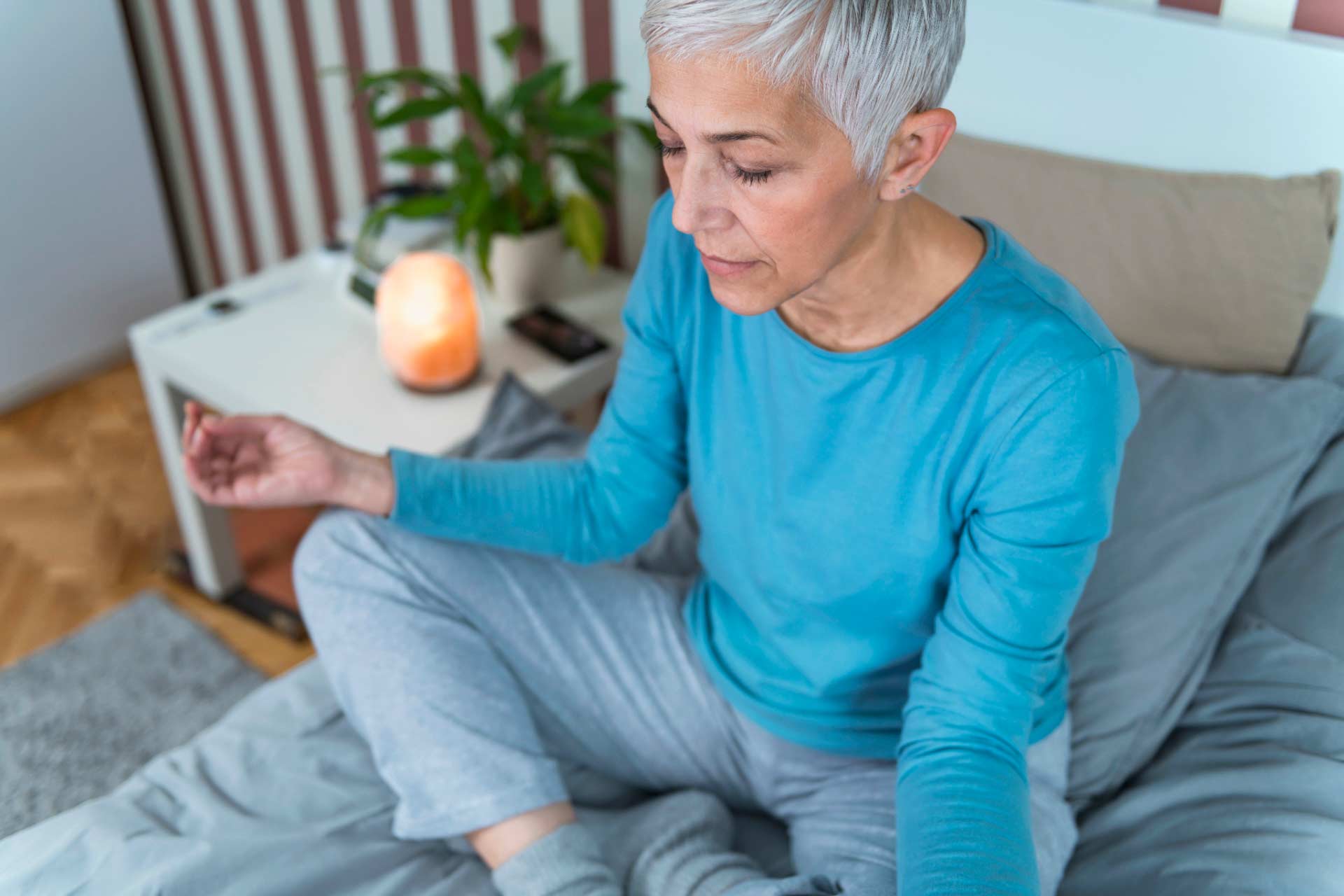
What is a Daily Cannabis Routine?
Daily routines form the foundation of many people’s wellness regimen. Whether it’s a morning walk before logging on to the computer, a healthy lunchtime smoothie, or an evening meditation to wind down, these practices provide balance that protects against everyday life stressors.
In the same way, many people discover that cannabis is an impactful addition to their daily wellness routines. That should not be a surprise considering how the cannabis plant’s cannabinoids (THC, CBD and others), terpenes and other plant compounds interact with the body’s endocannabinoid system, which is designed to restore and maintain homeostasis (balance).
Daily cannabis routines are often critical for patients’ symptom management and overall quality of life, providing a safe alternative to heavy-duty pharmaceuticals that often cause excessive sedation and other significant side effects.
For people who do not have ongoing or serious health concerns, a daily cannabis routine may nonetheless provide benefits, especially around relaxation and restoration.

Designing Your Daily Routine
Daily cannabis routines work best when created for specific results. For example, you may want to take daily pain-free walks without excessive soreness afterward, or you might be seeking to boost evening relaxation before bedtime.
Whatever your aim, the following steps can be helpful for building an effective cannabis routine:
- Get specific with your goal: Think through your goal and the results you hope to achieve.
- Find supporting strategies: Cannabis is only one of many tools available for wellness and works best when paired with other approaches. For example, if your goal is relaxation before bedtime, you’ll also want to identify other ways to create a peaceful environment by turning off electronics, re-centering your thoughts, etc.
- Identify your deal-breakers: It’s just as important to know what you don’t want as it is to know what you do want. When it comes to cannabis, our Leaf nurses hear from many callers who want relief without feeling “high.”
Escape Artists and many of our other Leaf411 supporting members offer ratio products that can easily be split into microdoses, giving you the benefit of both CBD and THC cannabinoids while minimizing the likelihood of intoxication. We also have supporting members who specialize in CBD hemp products that are non-intoxicating. Our Leaf nurses can answer your questions about any legal products on the market today—call us at 844-LEAF411 (844-532-3411). - Find the best product format: Odds are that if you’re already using cannabis, you have your favorite modes of consumption, whether that’s smoking flower, vaping concentrates, using edible or topical products. But does your favored format fit both your goal and your daily routine? You may find you need to change your consumption habits to align with your new goals.
- Consider creating a ritual as part of your routine: Rituals support mindfulness and intention, helping you focus on your goals. Rituals don’t need to be fancy, either!
Many people find that grinding cannabis flower and rolling a joint is a relaxing, re-centering practice that honors the plant while providing respite from a hectic day. This same type of intentionality can be used for other cannabis forms, as well. For example, when using edibles or tinctures, you might take one minute to do a quick meditation or affirmation before consuming. These small rituals can have an outsize impact when it comes to achieving your goals. - Commit to daily practice: You’ve spent time identifying your goal, finding the supporting practices and products that fit, and creating a plan for your daily cannabis routine. Now comes the most important part—commitment! Most experts agree that it takes between 21-30 days for a new habit or routine to stick. If you need help, there are many books, websites and apps.
How to Layer Cannabis Products
Your daily cannabis routine may involve layering different products throughout the day to match the needs of the moment. How do you achieve this without going overboard?
Let’s go back to our example of wanting to take daily pain-free walks without excessive soreness, and see how you might layer different products to support that goal:
Step One: You would first layer the product that stays in your system the longest. A tincture that you swallow fits that bill. Typically with anything you swallow, you can expect to get about 6-8 hours of relief. (Fast-acting cannabis ingestibles like Escape Artists Speed Strips are the exception.) Timing is key, so consuming the tincture about 1-2 hours before your walk should ensure that you have proper coverage.
Step Two: In addition to the tincture, you can apply a topical to the areas that cause the most concern. Now you are treating the pain associated with your walk in a preventive fashion before the pain becomes too intense.
Step Three: The last layer would be for immediate treatment. For example, when you’re finished with your walk and now experiencing some increased pain, you can take a fast-acting product, like Escape Artists Speed Strips, that hits the system fast for instant relief but also exit the system fast, making them ideal for breakthrough pain. Products like Escape Artists Speed Strips give the consumer another option besides inhaling to quickly get THC’s pain-relieving benefits.
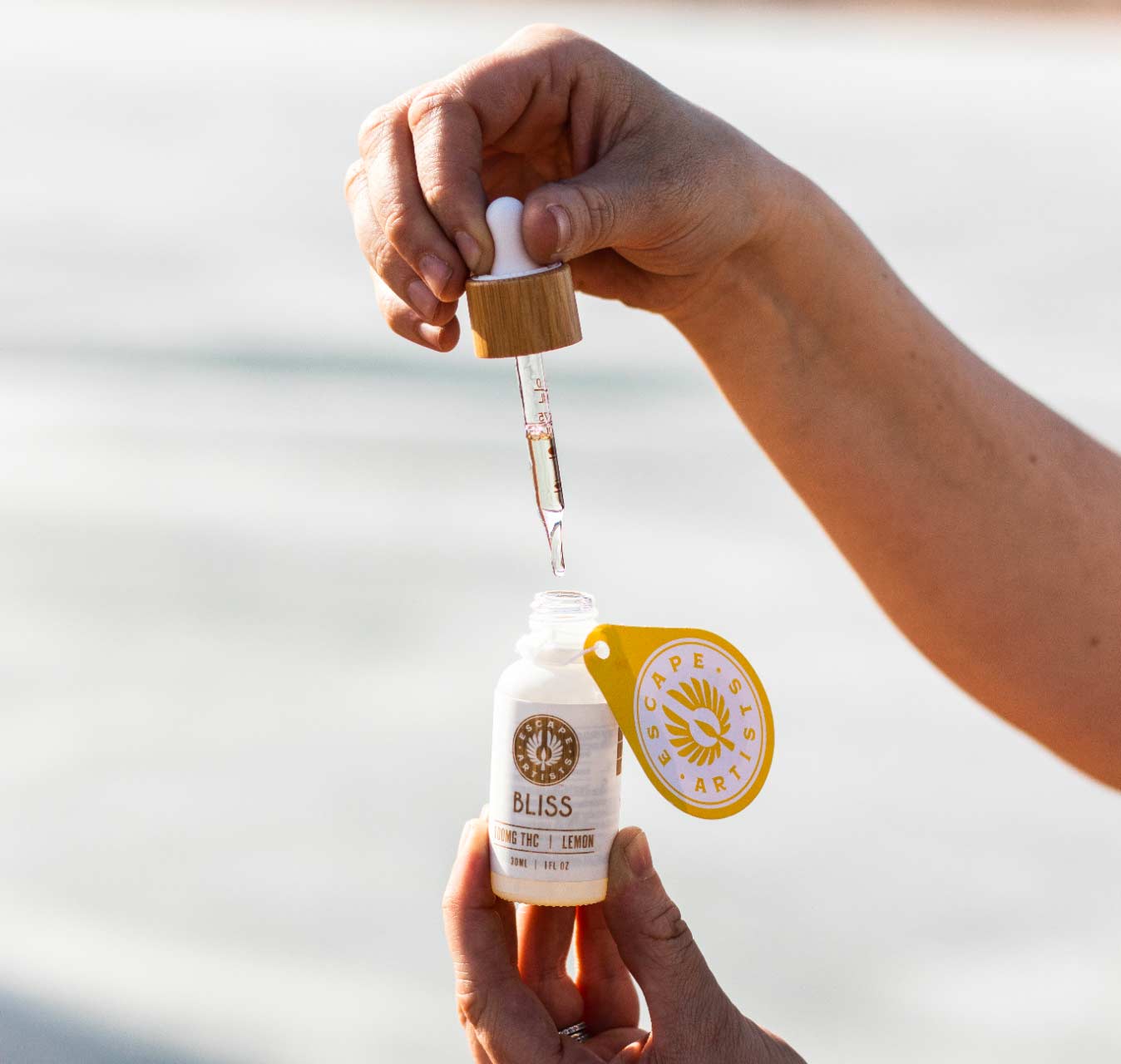

Sign Up for Our FREE Virtual Education to Learn More!
New routines come with new questions like:
- How will THC make me feel?
- How do I know if the products are working?
- What cannabis medication interactions should I be aware of?
Our next Leaf Learning Series will cover those types of questions and more, with a specific focus on the needs of older adults.
Join us on April 22, 2021, from 2 p.m. – 5 p.m. MDT, for our beginner-friendly virtual event on Demystifying Cannabis for Older Adults. The event is free, though you need to sign up in advance at this link: https://hopin.com/events/leaf-learning-series-demystifying-cannabis-for-the-older-adult
During the event, you’ll hear from Dr. Peter Grinspoon, a renowned Harvard-trained primary care physician and medical cannabis consultant who speaks from both personal and professional experience. Dr. Grinspoon will be available to answer your questions at the end of his presentation.
We’ll also have many of our supporting members on-hand, including Escape Artists, to share product insights and answer any questions you might have.
You definitely do not want to miss our April 22, 2021, Leaf Learning Series: Demystifying Cannabis for Older Adults. Click here to sign up today!
Can’t make the event? Our fully-licensed Leaf RNs are available on our free hotline at 844-LEAF411 (844-532-3411), Monday-Friday from 9:00 a.m. to 7:00 p.m. to answer your cannabis and CBD hemp questions.
The Leaf411 cannabis nurse hotline provides free, anonymous education and directional support to the general public about the safe use of legal cannabis. We partner with select business members who meet our rigorous standards to extend our education and outreach efforts.
The Cannabis Industry Needs Nurses

By Eloise Theisen, AGPCNP-BC
CEO, Radicle Health
Executive Board Member, Leaf411
(Note: This article was originally published on the RadicleHealth blog.)
The cannabis industry (and particularly the hemp space) has been gaining momentum. Last year was a monumental year for cannabis legislation. With 36 states and the District of Columbia allowing some form of medical cannabis, 15 states plus D.C. allowing adult use, and the descheduling of hemp, it is safe to say that cannabinoid therapy is here to stay.
It is estimated that there are around 3,000 CBD companies in the United States alone. Many of those companies are not expected to survive, with COVID-19 playing a significant role in their demise. According to Hemp Industry Daily, the top 20 hemp CBD companies account for 17% of the market share. The rest of the market is made of new CBD enthusiasts who are not well-established brands, and they are finding it harder to survive in the crowded space.
Cannabis companies like Acreage, Tilray, Aurora, Canopy, Cresco Labs, GW Pharmaceuticals, and Tikun Olam are hoping to position themselves as leaders in the cannabis space. These companies have multistate operations in medical and adult-use states. More states are predicted to put cannabis legalization on the ballot in 2021 and there is talk of federal decriminalization happening by 2022. As these national brands expand, they too will need to consider unique ways to positions themselves among the competition.
So how do brands establish brand loyalty and secure a piece of the market? A leading data analyst and consulting company speculated that survival will depend on brand differentiation. Companies can position themselves by increasing distribution through multistate operators, aligning with well-established nutraceutical companies, and working with large retail chains. What else can they do to establish brand differentiation? They can hire a nurse.
As the market becomes more competitive, brands will need to be creative about offering services that help them stand out. Nurses are an excellent way for brands to craft credibility, brand differentiation, and brand loyalty.
For 19 years in a row, consumers have voted nurses as the most trusted profession. Beyond gaining the public’s trust and respect, nurses are educators, counselors, leaders, and advocates. Nurses promote health and wellness, interpret patient information, conduct research, and improve practices and patient outcomes. And yet nurses are rarely employed by cannabis companies.
Nurses can bring incredible value to cannabis companies. In addition to offering instant credibility, they can collect data, identify trends, provide training and education, and coach patients through the medical cannabis process. Cannabis companies: what are you waiting for? We need more nurses in the industry.
Eloise Theisen (CEO, Radicle Health) is a board-certified Adult Geriatric Nurse Practitioner with over 20 years experience in nursing. Prior to cannabis, Eloise worked for 14 years in oncology at John Muir. Eloise started her own cannabis practice in 2015 and has treated over 7000 patients using cannabis. Eloise is the current President of the American Cannabis Nurses Association and an Executive Board Member for Leaf411.
References
Nichols K. Chart: 2020 an ‘extinction event’ for thousands of CBD companies, but industry remains crowded. Hemp Industry Daily. https://hempindustrydaily.com/chart-2020-an-extinction-event-for-thousands-of-cbd-companies-but-industry-remains-crowded/. Published August 3, 2020. Accessed February 25, 2021.
Skelly C. Top CBD Companies. https://blog.brightfieldgroup.com/top-5-cbd-companies. Accessed February 25, 2021. Skelly C. Top CBD Companies.
Why you should be keeping a cannabis journal
Note: Our Leaf411 Blog periodically shares articles from The Cannigma, a trusted resource for research-backed medical cannabis education and information. We loved their recent piece on cannabis journaling! Journaling is a practice we often recommend to callers.
You don’t need to be a gifted writer to keep a cannabis journal! The purpose of the journal is to record your goals and experiences using specific cannabis products, doses or CBD:THC ratios, which can help you identify the most effective cannabis regimen moving forward.
Cannabis journaling only requires a notebook or a simple spreadsheet. However, there are several apps on the market that can help, if you’re looking for a more customized approach. Check out the Cannigma article below to learn more about what to track and how journaling can help you dial in cannabis to your health goals. Remember, too, that the Leaf nurses are available to help at no cost via our hotline: 844-LEAF411 (844-532-3411)
This article was originally published on The Cannigma and appears here with permission.
by Ben Hartman
Feb 15, 2021
Despite the traumatic brain injury, chronic pain, and years of PTSD, Otha Smith considers himself one of the lucky ones.
Pronounced dead at the scene of a car accident in 2003, a friend and medical student he was traveling with performed CPR until a medivac helicopter arrived, giving him another chance at life.

Otha Smith, CEO of Tetragram (Otha Smith)
Smith eventually recovered, but “started to go down a really dark path” with the prescription medications, so he turned to cannabis.
Years later, when medical cannabis was legalized in Maryland, where he lives, Smith told The Cannigma how he suddenly had access to a whole world of weed he had never encountered with his old dealer. He had to find the products helped him the most, and it was a lot more work than just choosing a jar with a pleasant-enough sounding strain name.
Fast-forward to 2020, and Smith and two co-founders launched “Tetragram,” a mobile app designed to help medical cannabis patients determine which products — including which strains, formulations, and delivery methods — work best for their ailments or even their recreational use goals.
Tyler Dautrich, the COO of Releaf, another cannabis journaling app, told The Cannigma that his app “is geared towards helping that individual lessen the amount of time and money they spend in that trial and error process and strictly hone in on what works for them.”
Both apps are technological tools for journaling, a technique that can be used by medical patients looking to treat specific symptoms or conditions, but also by recreational cannabis users trying to hone in on the products and delivery methods that will reliably produce the effects they’re looking for.

What is cannabis journaling?
Cannabis journaling can be in the form of a simple diary or journal, Hello Kitty stationary, or an Excel spreadsheet on your computer. Online apps like Releaf and Tetragram are growing in popularity, and are well-suited for a smartphone.
Journaling can make cannabis use more mindful, deliberate and based on goals, past experiences, and your own personally cultivated data tracking what works best for you. It’s a way of getting the most out of the legal cannabis field in which there is an almost bewildering amount of options.
It can also help cannabis consumers tune out some of the noise, Dautrich said.
“As legalization trends continue and more and more options become available, companies are branding completely different products in the same way so there a lot of products that are labeled differently than what they’re actually for,” Dautrich stated, adding that “with journaling, you have a lot of knowledge and data and information backing up your purchase so you know you’ll get a similar outcome.”
When you go to the grocery store or pharmacy, Dautrich explained, even if you can’t find the exact brand and product you’re looking for, you can be confident that you can find an alternative that produces the same results. Cannabis consumers do not have that luxury.
Dautrich said that there isn’t a typical Releaf user, and that their users include new cannabis consumers who are looking for some help navigating the world of cannabis, as well as connoisseurs who are using the app to track their consumption and rate different brands and products. He likened the connoisseurs using the app to craft beer fans who use similar apps for beer, to record beers they’ve tried, the taste profiles, aromas, and how they feel.
But what should cannabis users be journaling?

What to track in your cannabis journal
Regardless of what journaling method you decide upon, it is important to take some time and set it up and acquaint yourself before attempting to record your first session or product. There are many different ways to journal your cannabis use — a lot will depend on your goals of treatment but also what information or insight you hope to gain from journaling. From the sections below, pick those that feel most relevant to why you are journaling your cannabis, and make sure to be consistent so that can easily spot trends and useful insights later.
- Set and setting
When and where is the particular cannabis session. What is the time? The date? How do you feel as you start? Is there anything unique about the situation or about how you feel?
- Your goals
Why are you using cannabis right now? Are you looking to treat specific symptoms or alleviate a particular health condition? Are you looking to relax in the evening or find a product that produces an energetic high during the day? Do you just want to get a good night’s sleep? Identifying and setting your usage goals allows you to gauge which products produce the results you are looking for, and which miss the mark.
- Product type, delivery method, and dosage
How are you taking the cannabis? Are you smoking? (If so, from a pipe or bong or joint?) Vaping? Using a tincture? Taking an edible? Different delivery methods can affect you in different ways, even if they come from the same chemovar or strain. How much are you taking? Be specific! With edibles and tinctures it’s easier to know what dose you took down to the milligram, but if you’re smoking a joint or using a vape pen, write down how many puffs you took.
- Product details
Different products can have the same strain name but different cannabinoid and terpene profiles, and different batches of the same product produced by the same company can even have different THC or CBD levels. That’s why recording the brands and products names is so important for making sure you are able to replicate the good sessions and avoid revisiting the disappointing ones. While this often involves writing down the strain name, as long as you’re also noting the brand and product name you should have all the information you need.
- Cannabinoid and terpene profile
Recording the THC, CBD, and other cannabinoid content of your cannabis product is crucial. If it’s flower or a vape pen, you’ll want to record the listed percentage of THC, CBD, or other dominant cannabinoids. If it’s a tincture, edible, drinkable, or capsule, you’ll want to record the milligram unit of each cannabinoid that you are taking during your session. But don’t stop there. Terpenes can also have a major impact on the effects, as well as the flavor and aroma of your cannabis. Knowing and recording which terpenes are present in your cannabis is an important tool for figuring out what cannabis products work for you.
- How it made you feel
This is the most important part. How did the session make you feel? Did you achieve your goals? Relieve your symptoms? For how long? Did you like the way it made you feel? Were there any adverse side effects? If it’s helpful, you can rank each of the effects from 1-10 to track how effective the session was for each of your goals. Just make sure you’re consistent with how you record this info — it will make it easier to compare and see what is working best. Ultimately, this is the most crucial factor in determining if a product is right for you and it is at the core of why cannabis journaling is important.
After a few, dozens, or hundreds of entries into your cannabis journal, you should be able to see the common denominators of what factors contributed to a successful session — be it the dose, cannabinoid profile, terpene profile, delivery method, time of day, or any combination of those or others. Don’t be discouraged if the answers aren’t apparent right off the bat — it could be a process of narrowing a broad range of products down to a few. You may even find that different products work for you in different situations or for treating different symptoms. A cannabis journal can also be very helpful to bring to your next doctor’s appointment to discuss what is and isn’t working in order to find the right treatment regimen.

Different cannabis journals
There are several options out there for journaling your cannabis use, whether it’s as a patient, budding connoisseur, or any other reason. You can go the DIY route and make your own physical journal or Excel sheet with custom formulas, use one of the specially designed online apps, or purchase a beautiful physical cannabis journal.
Releaf
Designed with what the company describes as “the basic principle that there had to be a better way to track and demystify the world of medical cannabis,” Releaf is a free mobile app that allows users to track a wide range of aspects of their cannabis use, including their dosing, level of symptom relief, feelings, and side effects, among others. The app also provides customized trends and insights that are based on the user’s own input.
On the app’s “sessions” dashboard, users can review all of their sessions in detail. While on the “cannabis on hand” section, users can organize all of the different cannabis products they have at the moment, by name, rating, and date.
Rating makes it easy to see which product has been the most effective for the user, in that it presents a score which is the average rating the user gave it for each parameter. Users can also provide feedback on products at any time.
Tetragram
Tetragram is a free “smart, digital journal that helps you get the most out of medical cannabis.”
The app allows users to create a digital diary of their cannabis experiences by way of sessions in which the user logs a series of data points including strain, product, intake method, dispensary where it was purchased, symptoms treated, quality of experience, and flavor and appearance.
Users can rate each individual cannabis product and share their ratings as well as photos and comments with the community of Tetragram users.
The app can also be used to find similar products to ones that worked well for the user.
The app is fully customizable for every user’s particular cannabis needs and goals.
Goldleaf
Anybody who has ever held a beautiful glass pipe in their hand or gazed longingly at a perfect trimmed and cured, frosty nug of cannabis knows that sometimes form can be almost — but not quite — as important as function.
Goldleaf produces a wide variety of sophisticated, informative, and handy journals for all types of cannabis users. The templated and educational notebooks are suited for everyday users, patients, and growers alike, and come complete with infographics and artwork covering a variety of topics in cannabis.
Take for instance “the Cannabis Taster,” a “pocket journal for those who appreciate fine cannabis.” It comes with 25 full-spread templated entry pages, as well as purveyor sections for logging favorite dispensaries, growers, and products, as well as flavor and terpene infographics.
And of course, if none of those strike your fancy, you can find lots of custom-made and beautifully designed cannabis journals on Etsy.

How journaling can make cannabis better
In addition to helping patients optimize their cannabis use, online cannabis journaling platforms can also have a potential benefit to the cannabis industry. The anonymized data is made available to scientists and people within the cannabis industry, to help them design products with the right chemical profiles to treat specific conditions and symptoms.
According to Smith, “all this aggregated data we’re collecting we can provide to the medical professionals and say listen, this is no longer a ‘he said, she said’ — we have actual data about these strains and products and how effective they are at addressing medical conditions.”
A December 2020 study published in the Journal of Cannabis Research examined data from 670 users, who recorded their cannabis use sessions with the Releaf app. The study looked at how cannabis use changed feelings of agitation/irritability, anxiety, and stress, as well as side effects, producing findings that could be of valuable use to cannabis producers.
According to the researchers, the data indicated a decrease in symptoms intensity levels in 95.51% of cannabis usage sessions. The data also served to indicate that mid and high THC forms of cannabis “were the primary independent predictor of increased symptom relief.”
Dautrich said the Releaf app isn’t meant to replace the doctor-patient relationship, rather, to improve it by helping both patients and doctors have a more informed and educated relationship with cannabis.
He added that Releaf is also working with companies in the cannabis industry, to allow them to use customer reports to help them improve formulation decisions for their products, as well as which products to market to which customers.

How doctors view cannabis journaling
Dr. Lewis Jassey is the Medical Director of Pediatric Medicine at Leafwell, a network of online medical cannabis clinics. He told The Cannigma that in his practice he uses a form that patients can fill out to describe their health condition and how it affects their daily life. This information is later used to determine how medical cannabis is helping these issues, in order to gain what he describes as “an objective barometer to determine if treatment is working for a patient.”
Jassey shared a version of the questionnaire used for chronic pain patients, which contains nearly two dozen questions about their history with pain.
“This is designed to establish that there is a true medical indication for you and your body and it’s not just, ‘oh you’re in pain and I’m approving you [for medical cannabis].’”
For Jassey, this sort of data collection is key not only in helping the patient, but also in showing the efficacy of medical cannabis.
“We want to be pioneers and in the forefront of helping to demonstrate that medical cannabis can in fact help out with many conditions, but you have to have objectivity in your notes.”
Journaling and these forms of questionnaires are also a way of making sure that treatment is customized for that particular patient’s needs, Jassey said.
It’s not appropriate to take a cookie-cutter approach to every patient, Jassey said, adding that “this is not a meat market, or a factory, this is peoples’ lives and this is their day-to-day functionality and this is trying to establish medical cannabis in a more mainstream way and to do that you have to establish the credibility.”
“So it’s not about churning out the next patient, or how many patients I can see in a day. It’s about having meaningful experiences with them so that they can know what’s on their radar so when we have our next follow up I know what to look for and what their [cannabis] application should be,” he added.
Leaf411 Spotlight: Natali Murdock, BSN, RN, Cannabis Nurse Educator
Throughout 2021, we will be profiling board members, hotline nurses, administrative team members and industry partners who are integral to the work we do every day.
While these individuals have diverse professional and personal backgrounds, they all share a passion for supporting medically-sound patient education and resources on cannabis.
In these profiles, you will find reassurance and inspiration. You might also see elements of your own cannabis journey in these stories.
Below, we’re sharing Natali’s story, in her own words, about her evolution from hospital-based nursing to working as a cannabis nurse educator. Natali is a Leaf411 Advisory Board Member and is also a fierce advocate for individuals with disabilities to have access to therapeutic alternatives.

“The different stories I have heard from patients’ family members, specifically parents of children with disabilities have been profound. It has made me believe that cannabis should be a first line treatment and not a last line treatment. Oftentimes parents use cannabis as a last resort and it ends up being the best medicine they have ever used. This has driven my passion to be part of Leaf411 and help educate the public and dispel the misinformation surrounding marijuana use.”
Natali Murdock, BSN, RN, Cannabis Nurse Educator
The Importance of Maintaining a Healthy Balance
I received my Bachelor of Science in Nursing (BSN) while playing college volleyball, becoming the first student-athlete to graduate from my nursing program. Balancing volleyball and nursing school made me aware of the importance of maintaining healthy practices such as exercise, healthy eating and prioritizing mental health. To this day, I rely on these tools in my own life and see how life-changing they can be for my patients, as well.

Emergency Department Patient Stories about the Benefits of Cannabis
I have been a registered nurse for 10 years. I originally started my nursing career in a rural hospital on the medical/surgical floor. After a couple of years, I transitioned to the emergency department, where I began hearing from patients who were using cannabis to help manage their health conditions.
When triaging patients there is a section about drug use. If a patient told me that they used marijuana, I would ask what they were using it for. Patients would usually start telling me how it helped with their medical condition. Oftentimes the condition they mentioned would qualify them to become medical marijuana patients. However, large hospitals depend on federal funding. As long as cannabis remains federally illegal, medical professionals are discouraged or outright restricted from recommending medical marijuana.
I then moved to Colorado and worked in various emergency departments throughout the Denver area. I surprisingly found that a lot of patients with various chronic issues did not try or use cannabis medicinally despite being in a legal state. In many cases, this was due to patients’ lack of awareness and education around plant-based medicine. Patients did not know that an alternative was available to them.
I eventually became burnt out from working in emergency nursing. I wanted to help patients in a more natural way as I got to witness the terrible side effects patients had from medication, alcohol, drug abuse and how treating mental health seemed to be failing.

Transitioning into Cannabis Nursing
After I left hospital nursing, I started working in a Medical Marijuana evaluation office in Boulder, Colorado. I quickly gained knowledge about the endocannabinoid system, different uses for cannabis, dosing and products. I also learned a lot from various physicians, cannabis-trained nurses, conferences and literature.
Working as a cannabis nurse, I felt empowered to finally be able to answer any questions patients had about medical marijuana use, side effects, drug interactions, etc. My new role was a far cry from my old position working in hospitals, where information and resources on medical marijuana were sparse or nonexistent.
I now live in Arizona, where I remain dedicated to providing balanced education and guidance on safe, effective use of cannabis medicine. The different stories I have heard from patients’ family members, specifically parents of children with disabilities have been profound. It has made me believe that cannabis should be a first-line treatment and not the last-line treatment.
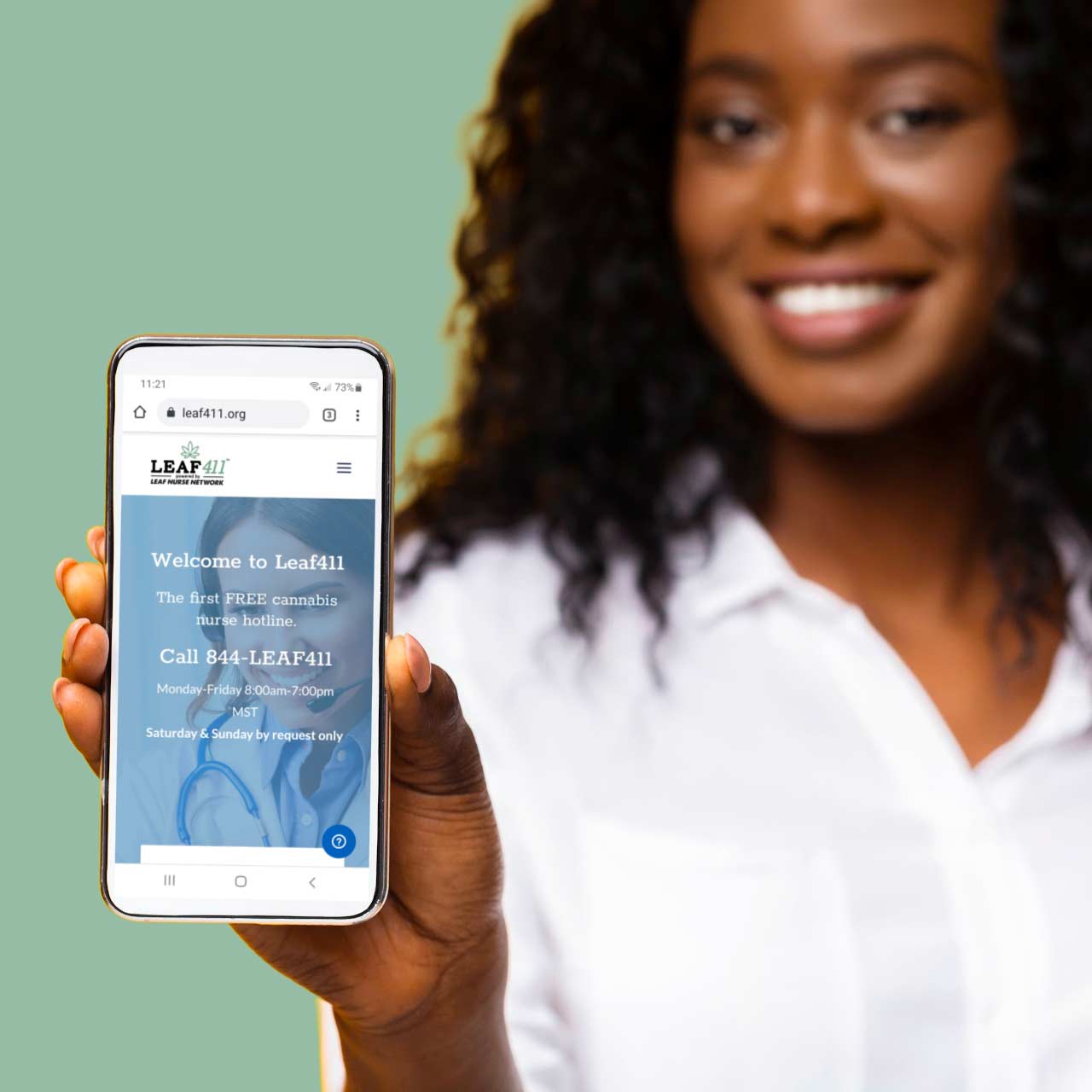
When You Call Leaf411, You Get Expert Help on Cannabis… For Free!
We appreciate the work that Natali and the rest of our staff do every day to bring medically sound, balanced education and guidance to you—the public—at no cost!
When you call the hotline, you can be confident that your questions and concerns will be taken seriously, and that you will be treated with respect. Our nurses are passionate about helping others on their cannabis journey, no matter where they are at. You can even call if you’ve never tried cannabis before but are curious about whether it might be an option for you or a loved one.
Call our hotline at 844-LEAF411 (844-532-3411) with your questions, or chat us from our home page during hotline hours, Monday-Friday from 9:00 a.m. to 7:00 p.m.
The Leaf411 cannabis nurse hotline provides free, anonymous education and directional support to the general public about the safe use of legal cannabis. We partner with select business members who meet our rigorous standards to extend our education and outreach efforts.
